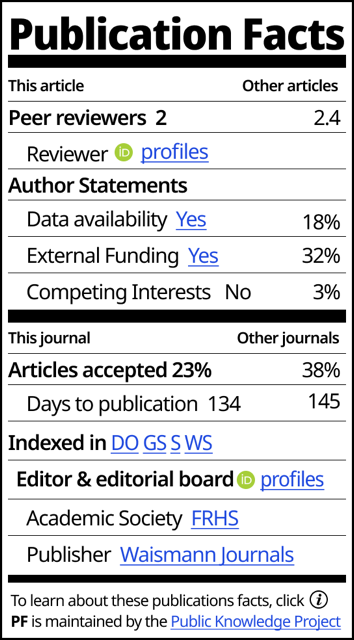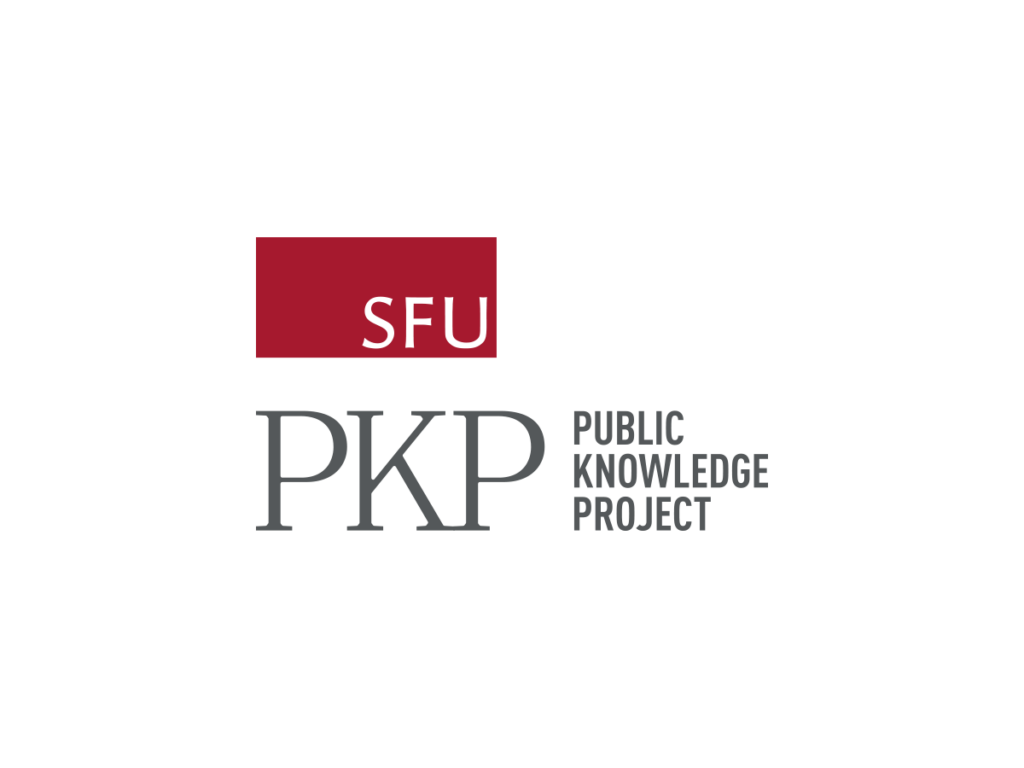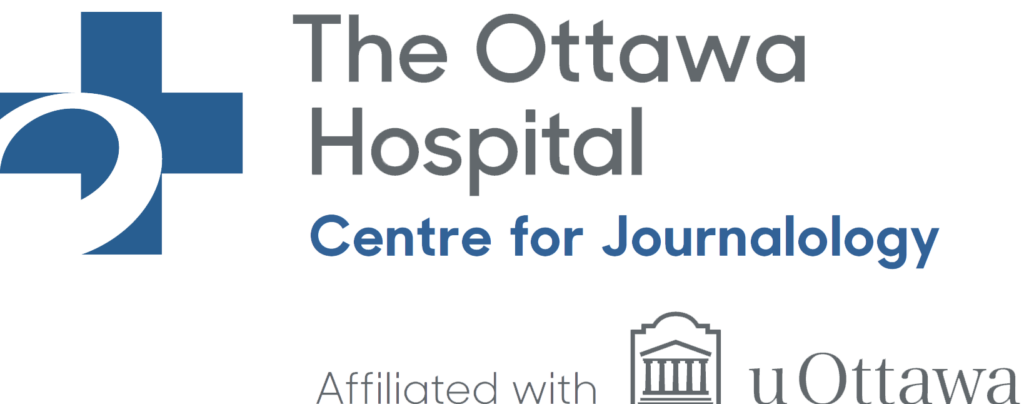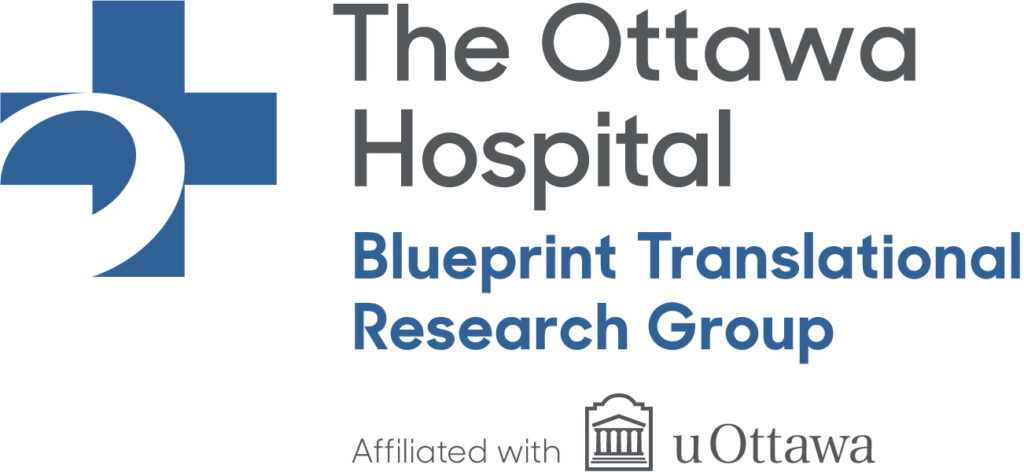Transparency in Scholarly Journal Operations
Transparency in scholarly journal operations is essential for assessing a journal’s adherence to optimal publishing practices, including providing rigorous peer review and editorial services and indexing in reputable databases. Optimal publishing practices helps to ensure that published research is credible (e.g., article is free of misinformation), maintains integrity (e.g., ethics approval was obtained if applicable, any competing interests are stated), and is reproducible (e.g., methods described in sufficient detail, data is available). Optimal publishing practices also helps to ensure that research is properly disseminated and archived.
Currently, journals typically lack transparency in many of their publishing operations (e.g., conduct closed peer review). If information on journal operations is available, it is often difficult to locate (e.g., spread across multiple pages on a journal’s website), with few conventions on where/how this information is provided. This makes it challenging to evaluate journal operations and to assess the trustworthiness of articles.
Making journal operations transparent for distinct users:
An assessment of 3 interest holders needs
To help interest-holders assess a journal’s adherence to optimal publishing practices, we set out to develop a journal transparency tool (JTT) that would provide information about a given scholarly journal’s operations. To understand the needs and preferences of interest-holders for a JTT, we first conducted studies, consisting of cross-sectional surveys and focus groups, with three key groups: (1) patients, (2) researchers and clinicians, and (3) publishers.
Publication Facts Label

We have partnered with the Public Knowledge Project to develop the Publication Facts Label (PFL). The PFL appears on the landing pages of research articles with information on the article and the journal’s operations. Designed to resemble the Nutrition Facts label found on food products, the PFL presents readers with an article’s/journal’s adherence to scholarly standards in a convenient and standard format across journals.
Information on each fact on the Publication Facts Label is available here.
The Publication Facts Label’s development has been informed by our interest-holder groups preferences for a Journal Transparency Tool studies. Many of the publishing elements included in the PFL were found to be important to our interest-holder groups (e.g., journal indexing, number of peer reviewers, reviewer and editor ORCID iD profiles, and author statements on data availability, external funding, and competing interests). We are also currently exploring implementing additional publication elements that were found to be important to our interest-holder groups.
The PFL functions as a plug-in tool that is hosted on participating journal websites, where it draws data and links from the journal’s publishing platform. We have helped run the third phase of trials of the PFL prototype with over 100 journals currently using it. The purpose of this final phase of the PFL trials is to identify any bugs across a large sample of journals so that any errors can be addressed prior to the release of the plug-in.
The PFL is a free plug-in that is currently available for journals using Open Journal Systems (OJS) as their publishing platform. We intend to make the PFL available to the entire scholarly publishing industry for widespread adoption among all journals.









